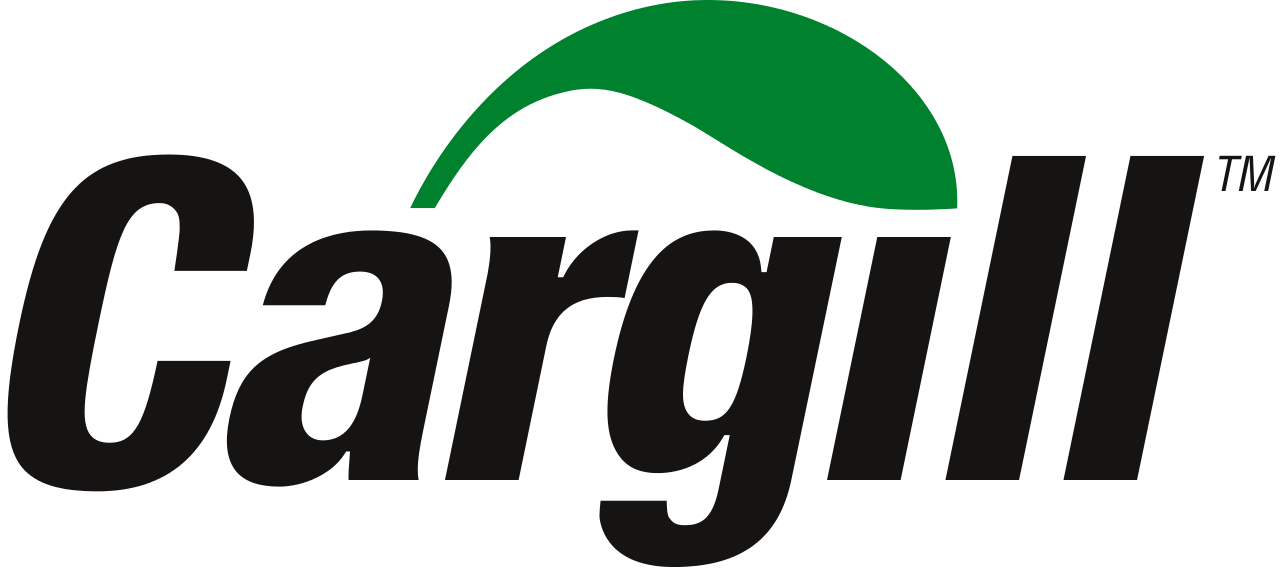The NFL's dynamic kickoff rule just got its first tune-up. Introduced ahead of the 2024 season, the dynamic kickoff rule was designed to reduce the risk of concussions by slowing collision speeds. The dynamic kickoff was never designed to eliminate the risk of injury—that’s impossible in a contact sport like football. Instead, the rule aimed to manage risk by degrees, much like safety protocols in aviation or manufacturing.
The first version of the dynamic kickoff rule did help reduce injuries, but it also reduced entertainment value. The return rate was just 32.8%, and fans complained that the thrill of the kickoff was gone.
For the 2025 season, the NFL adjusted touchbacks to the 35-yard line to make kneeling less attractive and encourage more returns. This iterative approach underscores a core risk management tenet: test, measure, adjust.

Week 1 2025: A Return Renaissance
The data from the NFL’s opening week is striking. Out of 156 kickoffs across the league, teams returned 118—a whopping 75.6% return rate. That's the highest single-week figure in 15 years, eclipsing even the preseason hype. For comparison, the 2023 season hit a historic low of 21.8%, and the Super Bowl had zero returns.
%20(1).gif?width=1920&height=608&name=Kickoff%20Stats%20NFL%202023-2025-9%20(3)%20(1).gif)
Why the surge? The 35-yard touchback adjustment played a pivotal role. Coaches, wary of trading a sure 35-yard start for the uncertainty of a return, opted to field more kicks. So most drives began around the 28 to 30-yard line, a tradeoff that favors the action fans love without adding much risk.
Week 1 injury reports showed few kickoff-related concussions, suggesting that the rule is helping to minimize high-speed hits (although full-season data will be more telling). For now, the uptick restores some of the kickoff's drama—think explosive returns like those we saw in eras past—while prioritizing player safety.
Risk Analysis: Validating the Root Cause Approach
Applying the Cause Mapping® root cause analysis framework to these results reinforces the rule's logic. At the 3-Why level, concussions happen because brain tissue swells, and swelling occurs when the tissue is stretched or compressed.
NFL Concussions 3-Why Cause Map
As we can see in the 9-Why below, this stretching or compression is caused by rapid movement inside the skull, due to sudden deceleration of the head. The dynamic kickoff addresses this by slowing closing speeds, reducing the ground impact forces that cause concussions.
NFL Concussions 9-Why Cause Map
Looking beyond the immediate mechanics, touchbacks unintentionally incentivized booming, deep kicks that forced high-velocity returns. The 2025 tweak changes that incentive: by devaluing touchbacks, it promotes fair catches or short returns, lowering the probability of extreme collisions.
Quantitatively, the 75.6% return rate suggests the NFL has calibrated risk tolerance well—more action without reverting to 2023's safety-through-stagnation. This mirrors broader safety evolutions, like guardian cap helmets or targeting penalties, which incrementally reduce hazards. It’s important to note, though, that risks do remain. More returns could create more opportunities for lower-speed injuries, such as sprains from directional changes. We'll need mid-season data to confirm if concussion rates stay below the pre-2024 baseline.
Looking Ahead and What We Can Learn
What’s interesting is that when the dynamic kickoff was first proposed in 2024, touchbacks were set to begin at the 35-yard line, but this was adjusted to 30 to appease some detractors. Now, after Week 1 of 2025, the 35-yard touchback has returned, and both coaches and players seem to be on board. We’re already seeing some exciting adaptive strategies, such as kickers aiming for end zone bounces to force returns. Fan sentiment may continue to warm as excitement builds, countering the 2024 backlash.
For risk managers outside the world of sports, this is a lesson in stakeholder alignment. Data-driven tweaks allow the NFL to balance the spirit of the game fans love while still advancing player safety.
As the season unfolds, I expect we’ll see return rates settle around 50 to 60%. Ultimately, the dynamic kickoff rule shows that thoughtful risk interventions pay off, delivering measurable progress without sacrificing the goal of entertaining millions of fans.
How might similar iterative risk management strategies apply to your industry? I'd love to hear your thoughts in the comments.













